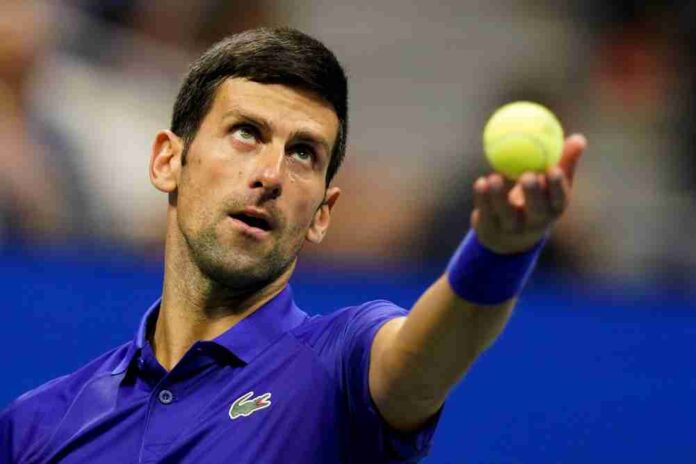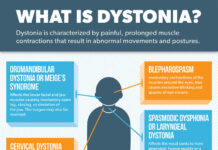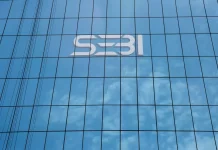The years of turbulence in the Balkans shaped Djokovic, giving him the Inat, his philosophical tendencies, his “cranky” training, his half-smile, and his dry sense of humour.
During his encounter against Alejandro Davidovich Fokina of Spain, Serbia’s Novak Djokovic is seen in action. (Reuters)
Novak Djokovic enjoys reflecting on his worst moments, even in his best moments. In the courtside interview following his 24th Grand Slam, he discussed the trauma of growing up in Belgrade throughout the 1990s. The Serb keeps returning to a particular night during that turbulent decade of wars, sanctions, rationing, and harsh NATO bombing. Djokovic once claimed that he, his two siblings, and wife—all products of conflict and war—often discuss how the turning point of their group temerity affected their lives.
A young Djokovic, his family, and thousands of others stood on the city’s main bridge in 1999 with target signs painted on their heads and tunes playing in their ears. They were challenging hollowing F-117s to take them down together with the city’s famous landmark after losing patience from spending months in bomb shelters.
The peculiar Serbian response to the ceaseless intermittent air assaults would be described by The Washington Post as a “mixture of fatalism, defiance, gallows humour and paranoia.” Many of those terms—or words very close to them—would later be used by journalists to characterise the most unique tennis player in history.
































